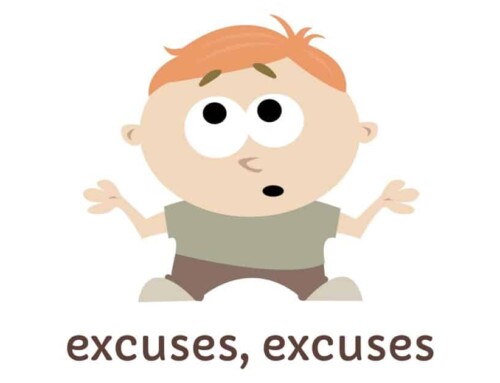There are two fantastic trends that are growing among many organizations with excellent safety programs. At the same time scientists and researchers are uncovering amazing details about our brains and why we behave the way we do. Not surprisingly, the trends and science are matching up. 
What are these trends? Well, the first one is the rise in companies which include emotions as a key factor in stimulating safe and healthy behavior instead of just a “do this, don’t do that” approach. Example: I spoke to a group of sales folks at ExxonMobil and one of the parts of their safety program is about “Actively Caring.
Canada has a Psychological Safety and Health in the Workplace Standard. The first country to have one. Though compliance isn’t mandatory, many companies in Canada are applying it to their safety and health program.
The second trend, which has been growing for a bit longer than the first one is using a more holistic approach to safety. When I say holistic, I mean where all aspects of an employee’s health and safety are addressed (including the person’s family and mental health).
Sure, for years many progressive companies have included health screening, fitness centers, off-the-job driving training etc. as part of their safety program but I’m seeing this trend grow to include more family and mental health issues. That’s encouraging.
Think about it, is it wise to ignore the leading cause of disability in the United States (unipolar depression according to the World Health and World Bank Organizations) and the leading cause of accidental death since 2010–overdose from prescription drugs! Both are related to “brain and mind problems” topics we’ve tended to avoid because they seem too personal (and even embarrassing). As for families, we all know that what goes on at home has an impact on a person’s entire life, including his or her behavior at work.
By the way, the two trends are related. In the last few decades it’s become clear from the field of neurobiology and human behavior that emotions dominate our decisions, actions, and overall physical and mental health. This isn’t “touchy-feely” stuff anymore. It’s hard science with plenty of empirical data to back it up.
So, if you are a safety and health leader at your organization I hope you are working on ways to include these two vital issues into your program. (If you are, I’d love to hear about it.)
‘till next time.
Richard
PS: My “Find Your Focus” talk is designed to help your employees handle negative emotions so they can pay better attention at home and work.





